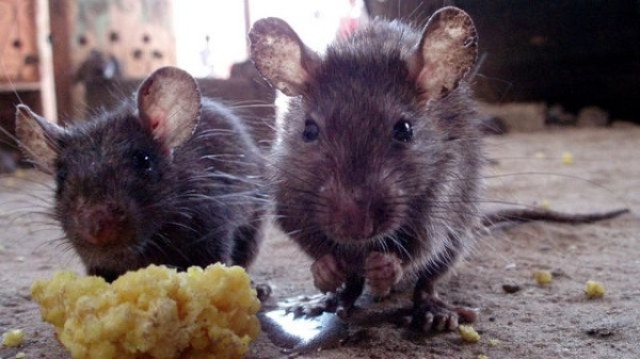ABUJA, Nigeria (NAN) - The Nigeria Centre for Disease Control and Prevention (NCDC) reports that there has been an increase in Lassa fever cases in the country, particularly in Bauchi, Edo, and Ondo States, which have seen a rise in numbers since November 2024.
The director-general of the centre, Jide Idris, said this during an interview on Monday in Abuja.
He said the disease control agency had issued a comprehensive public advisory on Lassa fever, urging Nigerians to adopt preventive measures as cases continue to rise during the peak transmission season.
Idris warned that the peak dry season, which lasts until April, could exacerbate the outbreak if preventive measures were not strictly followed.
The NCDC boss recommended frequent handwashing with soap and water, storing food items in rodent-proof containers and proper disposal of waste to deter rodents.
He stressed the need for increased public awareness and early intervention, which he described as keys to curbing an outbreak.
Idris added that the centre intensified surveillance and response activities in affected states and advised Nigerians to report suspected cases to the nearest health facility and ensure proper hygiene practices.
He said late reporting of cases had been a major concern that hindered effective containment.
Meanwhile, Tunde Oladipo, a public health expert, described the Lassa fever outbreak as “a serious but preventable health crisis.”
Oladipo said, “Strict hygiene practices, proper food storage and rodent control are crucial to reducing transmission. Individuals should avoid unprotected contact with sick persons or their fluids.”
Lassa fever, named after the town of Lassa in Borno, where it was first identified in 1969, is endemic in Nigeria, with outbreaks occurring almost yearly.
The viral hemorrhagic disease is primarily transmitted through contact with food or surfaces contaminated with excretions from infected rodents.
The disease can also spread through direct contact with the bodily fluids of infected persons, making healthcare workers and caregivers particularly vulnerable.
Symptoms range from mild fever and joint pain to severe bleeding from the nose, mouth and gastrointestinal tract.
The disease is fatal in about 20 per cent of cases, particularly when treatment is delayed.
Related Article




















